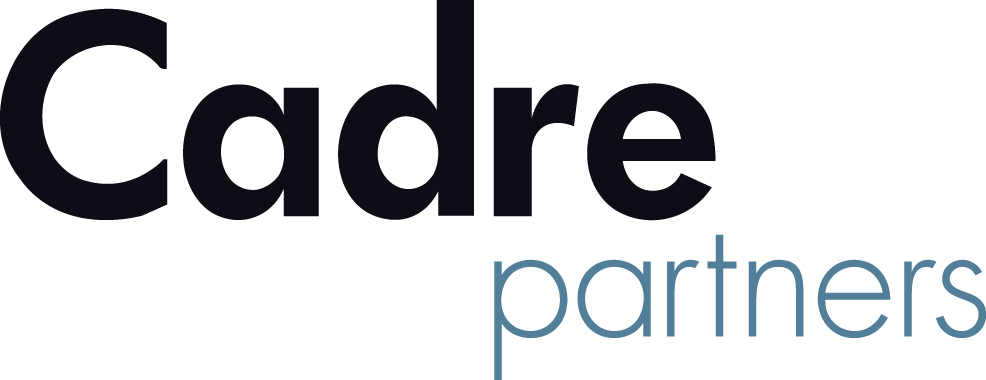Ownership and Vision
A Specialty Construction Company, owned by an individual and his spouse—who played a more passive role—stood at a pivotal point. The owner envisioned a complete exit from the company within 3-4 years, aiming for a transition that would not only honor the legacy of the business but also ensure its continued growth and success.
Preparing for a Strategic Exit
Prepare the Company for exit in 3-4 years.
The owner wanted to be totally out of the Company in that time frame. He was unsure of the proposed buyer’s characteristics and what they would be interested in buying (e.g., market position, financial performance, etc.)
The owner wanted to increasingly give more responsibility to his senior team within the next year:
- He wanted to develop a better system of accountability and management of his senior executives.
- He wanted to craft a compensation system specifically tied to their performance annually as well as an exit. He did not feel his interests and the interests of his senior team were aligned.
- The owner and his wife wanted to travel more and take trips for several months at a time. He felt the business was too dependent on him, which precluded them from extended travel.
The owner had no real growth plan. He admitted that he fell into his core customer types and has not found more customers with the exact needs. Consequently, he spent a lot of money on sales and marketing without results. Likewise, since his customers were varied, he did not repeat the job types with many customers, and his profits were depressed. He felt like he could make more money at the same level of revenue through more “repeat business,” but he did not know how to identify the correct type of work, attract it, and manage it.
His CFO was a loyal employee, and the owner was very fond of her. He admitted she provided him with little data to improve profitability. She was a good organizer of the numbers, but she was out of her territory beyond that.
The owner also had some questions about the effectiveness of his sales team.
Engaging a Structured Approach to Transformation
Step 1: Profitability and Operational Efficiency
The first phase focused on enhancing profitability and creating a robust operating plan. Cadre, partnering closely with the company’s executive team, embarked on an analytical journey to understand the core drivers of profitability and risk. This comprehensive review revealed that a strategic focus on a select type of project could significantly enhance profit margins. Recommendations included streamlining the sales force, introducing a management system for high-risk projects, and ensuring operations team involvement in proposal reviews. This strategic pruning is aimed at optimizing the project portfolio for profitability rather than revenue volume.
Step 2: Executive Alignment and Capability Building
Addressing the alignment of interests, Cadre developed a tailored compensation structure, fostering a culture of accountability and performance. This was complemented by executive coaching and the introduction of a financial expert to elevate the company’s financial acumen, transforming it from a basic administrative function to a strategic business partner.
Step 3: Preparing for Sale with Strategic Enhancements
In preparation for the sale, Cadre led efforts to enhance the company’s attractiveness to potential buyers, focusing on profitability, operational efficiency, and strategic positioning. This included identifying buyer characteristics, improving key business metrics, and maintaining confidentiality throughout the process. Cadre’s strategic outreach to potential buyers, coupled with the professionalization of the sales process, positioned the company as an attractive acquisition target.
Results: A Strategic Exit Realized
The comprehensive approach resulted in a substantial increase in EBITDA, exceeding 20% annually. This financial success, combined with strategic business enhancements, culminated in the sale of the company for nine times forward EBITDA. The owner achieved his exit goals, transitioning to a CEO role before selecting a successor and taking on the position of Chairman of the Board. The strategic sale not only met the owner’s financial objectives but also ensured the business was positioned for continued success under new ownership.
This case study exemplifies the transformative journey of a Specialty Construction Company, from operational dependency and strategic ambiguity to a profitable, well-structured enterprise ready for a successful market exit. The collaboration with Cadre highlights the importance of strategic planning, executive alignment, and operational excellence in achieving optimal business outcomes.
